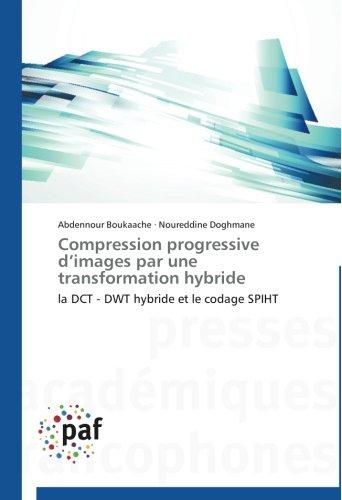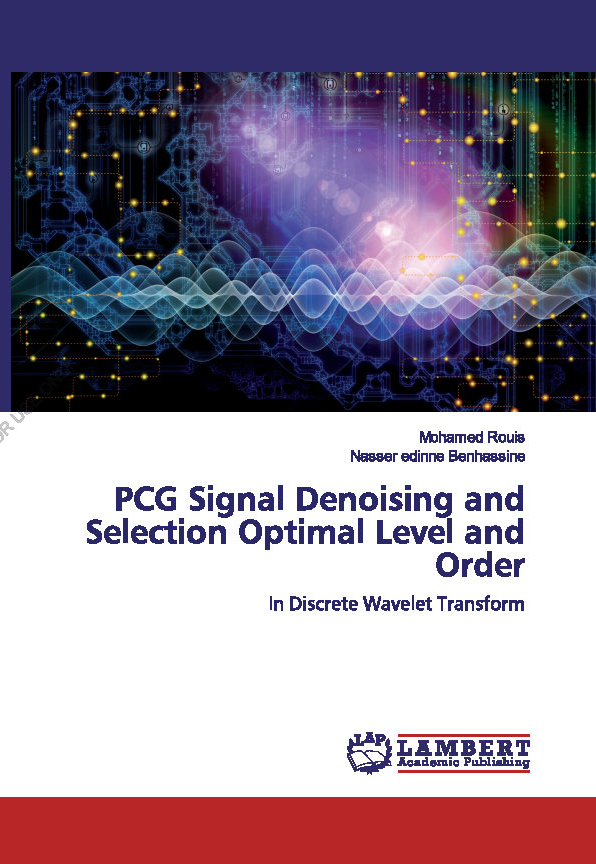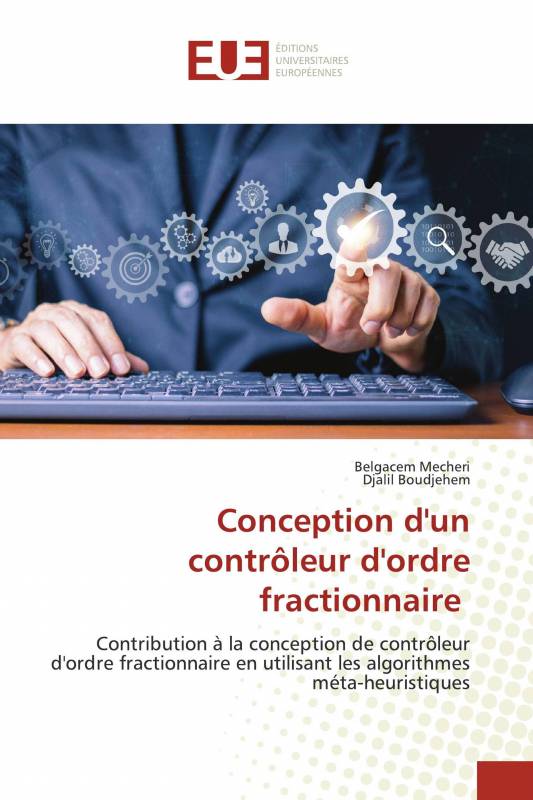Books and lectures
Books
 |
Abdelnour Boukaache, Progressive image compression by hybrid transformation, Omniscriptum (2014), ISBN 3838189140.The compression of images is of great interest, especially to reduce the amount of memory for its storage and to reduce the time of its transmission. Wavelets have often been used in a separable fashion. This results in a partial decorrelation of the image. On the other hand, they lack directional characteristics for the image. In this context, we have proposed a compression algorithm using a hybrid DCT - DWT transformation. In this hybrid method, the wavelet transform for the finer scales has been replaced by a discrete subband cosine transform, when the wavelet transform is used for the coarse scales. In a second part, an improved version of the SPIHT coding algorithm was proposed. Based on the estimation of the residuals of the coded coefficients, the mean value is coded at the end of the code obtained by the SPIHT coding. During decompression, the decoding algorithm uses the already encoded value for the adjustment of the reconstructed significant coefficients. The results obtained show the effectiveness of the proposed approaches in terms of objective and subjective quality. |
.
 |
Mohamed Rouis and Nasser edinne Benhassine, Optimal noise reduction and selection of PCG signal level and order (2020), ISBN 978-3-330-00392-7The recorded phonocardiogram PCG signal is often contaminated by different types of noises that can be seen in the frequency band of PCG signal, which may change the characteristics of this signal. Wavelet transform has become an essential tool for many applications but its effectiveness is influenced by main parameters. Determination of mother wavelet function and decomposition level (DL) is important key factors to demonstrate the advantages of wavelet denoising . So, selection of optimal mother wavelet with DL is a main challenge to current algorithms . |
 |
Belgacem Mecheri and Djalil Boudjehem, DESIGN OF A FRACTIONAL ORDER CONTROLLER, (2023), ISBN 9786203447583The PID controller is the technique most used in the control of industrial processes for several decades. Recently, the fractional order PIα Dβ controller which is a generalization of the classical PID controller has been proposed. The interest for this type of controller is justified by a better flexibility in the design of the control since it has two more parameters, the fractional orders of the action of integration and the derivation. |


